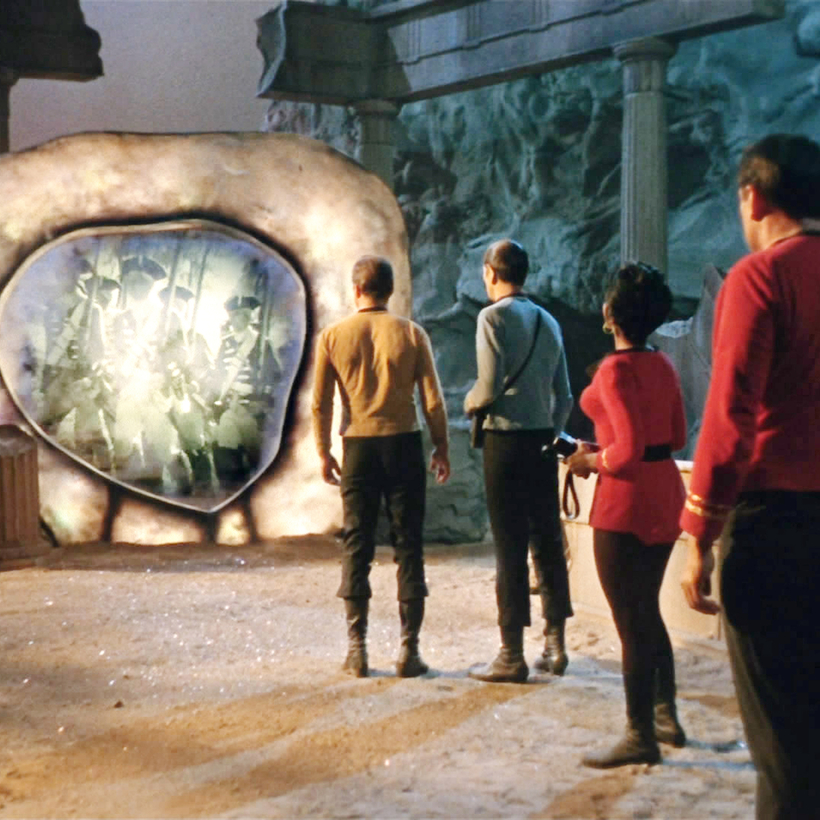Imagine a world in which a couple on different continents can hold hands, or where it feels as though the other people in a video call are sitting beside you.
It may sound like science fiction but these are two of the scenarios researchers believe will be possible in a decade, as they work on developing 6G wireless technology.
While 5G may still be in its infancy, scientists in the UK are already working on the generation to come, in which our sense of touch will be relayed as instantly as an e-mail — what they are describing as “teleportation for the senses”.
The work is to be conducted at Surrey University, which is opening Britain’s first innovation center for 6G, the second in the world after one in Finland. The university has been running a 5G innovation center since 2013.
5G is fifth generation wireless technology, and is being introduced to networks across the UK. It allows for super-fast download speeds on mobile devices and will also be crucial for a number of new technologies that require very fast response times, such as driverless cars that will be able to “talk” to each other and to other traffic management systems.
Scientists in the UK are already working on the generation to come, in which our sense of touch will be relayed as instantly as an e-mail — what they are describing as “teleportation for the senses.”
6G takes this a step further, enabling the relaying of touch and senses with almost no lag — known as latency — whatsoever.
Alan Woodward, a professor in computer science at Surrey University, said such technology was likely to be rolled out in specialized areas, such as medicine, first.
He said: “You can imagine being a surgeon on the other side of the world and you’ve got robotic hands inside somebody. In that scenario, you don’t want any perceptible delay between what you’re doing and feeling and what’s being fed back to you, you need to virtually be there, basically. And whereas we’ve kind of got virtual reality at the moment, it’s not quite real time — but 6G holds out that sort of promise.”
Professor Rahim Tafazolli, director of the 6th Generation Innovation Centre at Surrey University, said: “With 2G, we could send ringtones, 3G we had pictures, 4G we had video, and in 5G we have virtual reality and augmented reality, which is 3D video. 6G should be four-dimensional, with sensors that transmit people’s touch, sense of smell and taste, and all the ambient information around a person.
“Just imagine a doctor goes to an elderly person’s home with the use of virtual reality, and the doctor can put their hand on the patient’s forehead and see if it’s hot.
“Yes, 5G has virtual reality, but there’s no interactions between the doctor and the patient like this. So 6G will have a tremendous impact.”
In this scenario, he said the elderly person would need to rely on wearable technology and sensors in the home.
Professor Tafazolli pointed to scenes in the 2014 film Kingsman in which the participants of a conference in different locations “meet” in a virtual place.
Researchers do not yet know what technology will be needed to create this sort of world, however. 5G relies on using high-band radiowave frequencies. These are not used by present mobile networks and so have lots of spare capacity.
But it is not possible to keep using higher frequencies alone to achieve increasingly fast speeds, so researchers are also looking at how this can be achieved. This may include using satellites, different antennae and even new materials on buildings that can pick up radio waves.
Professor Woodward said that the center at Surrey University would allow the UK to get a head start on developing the answers to 6G technology.
“The reason we’ve got to get cracking now is that the countries and the companies that are now dominating 5G started thinking about it ten to 15 years ago,” he said. “The UK has an opportunity to be at the leading edge and shaping the thinking of 6G.”
Tom Knowles is a London-based journalist. He covers technology for The Times

